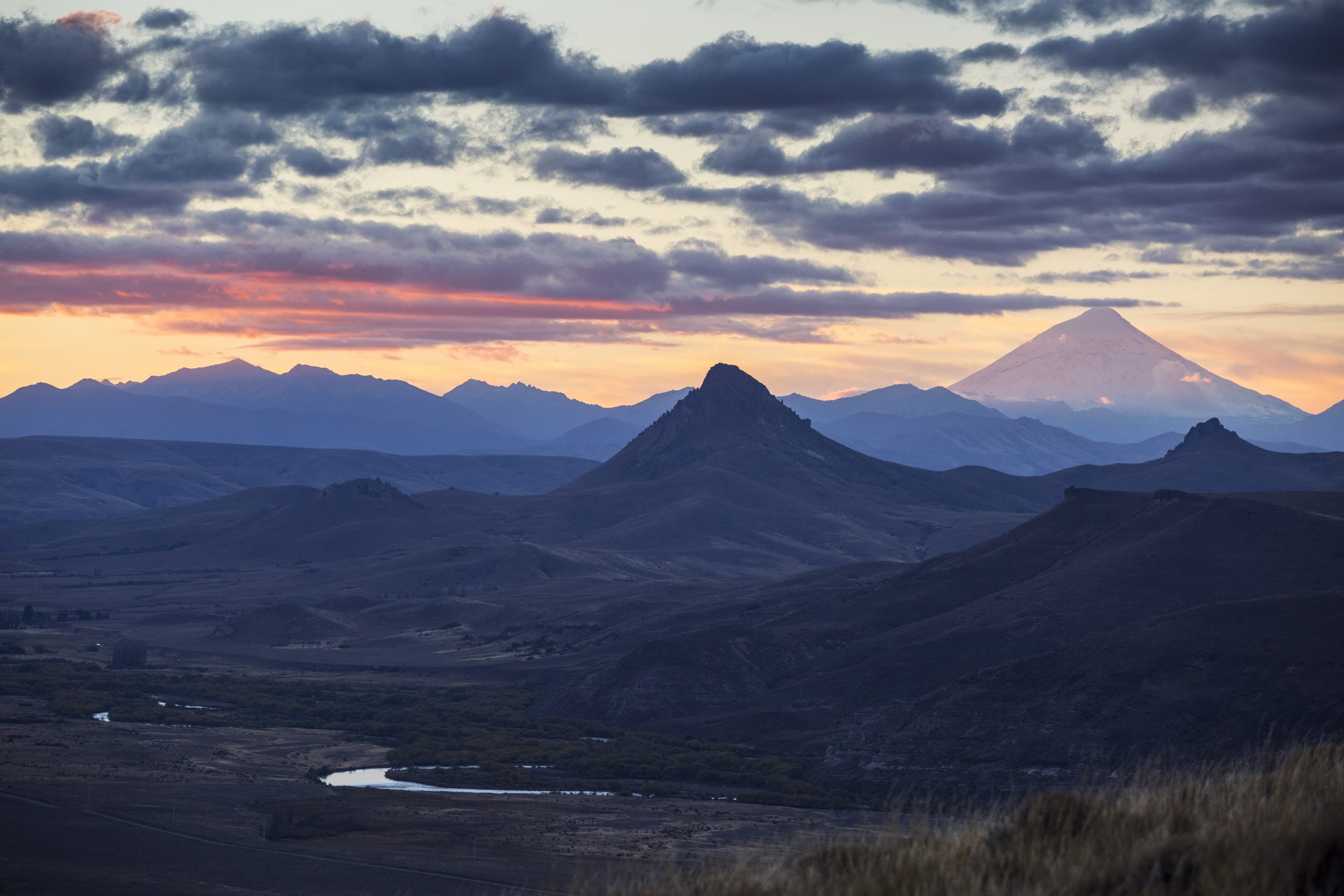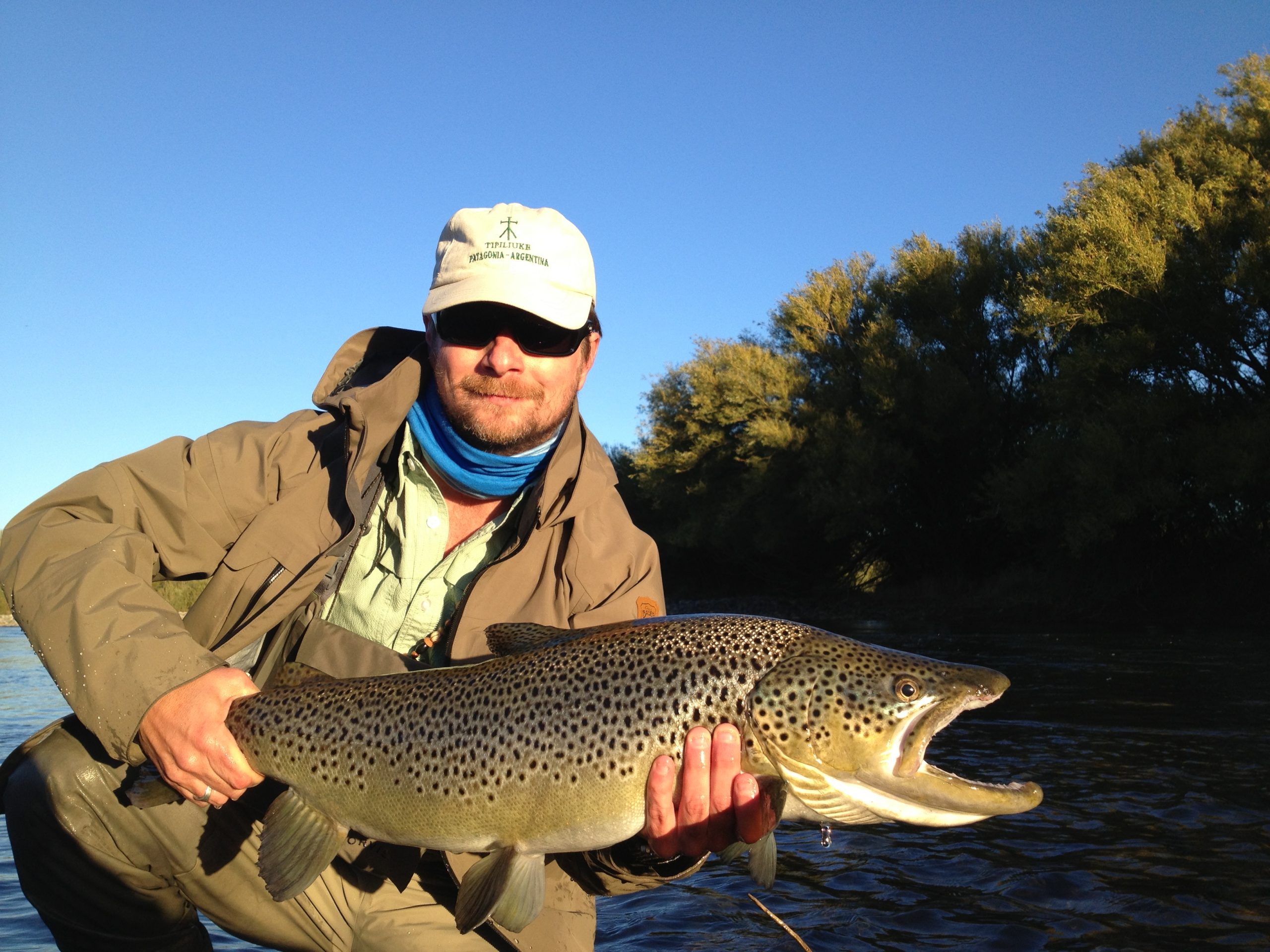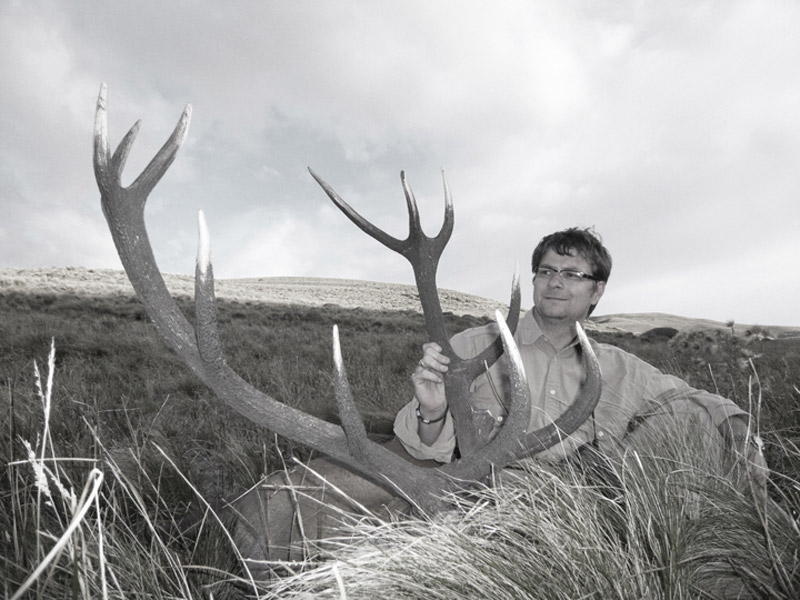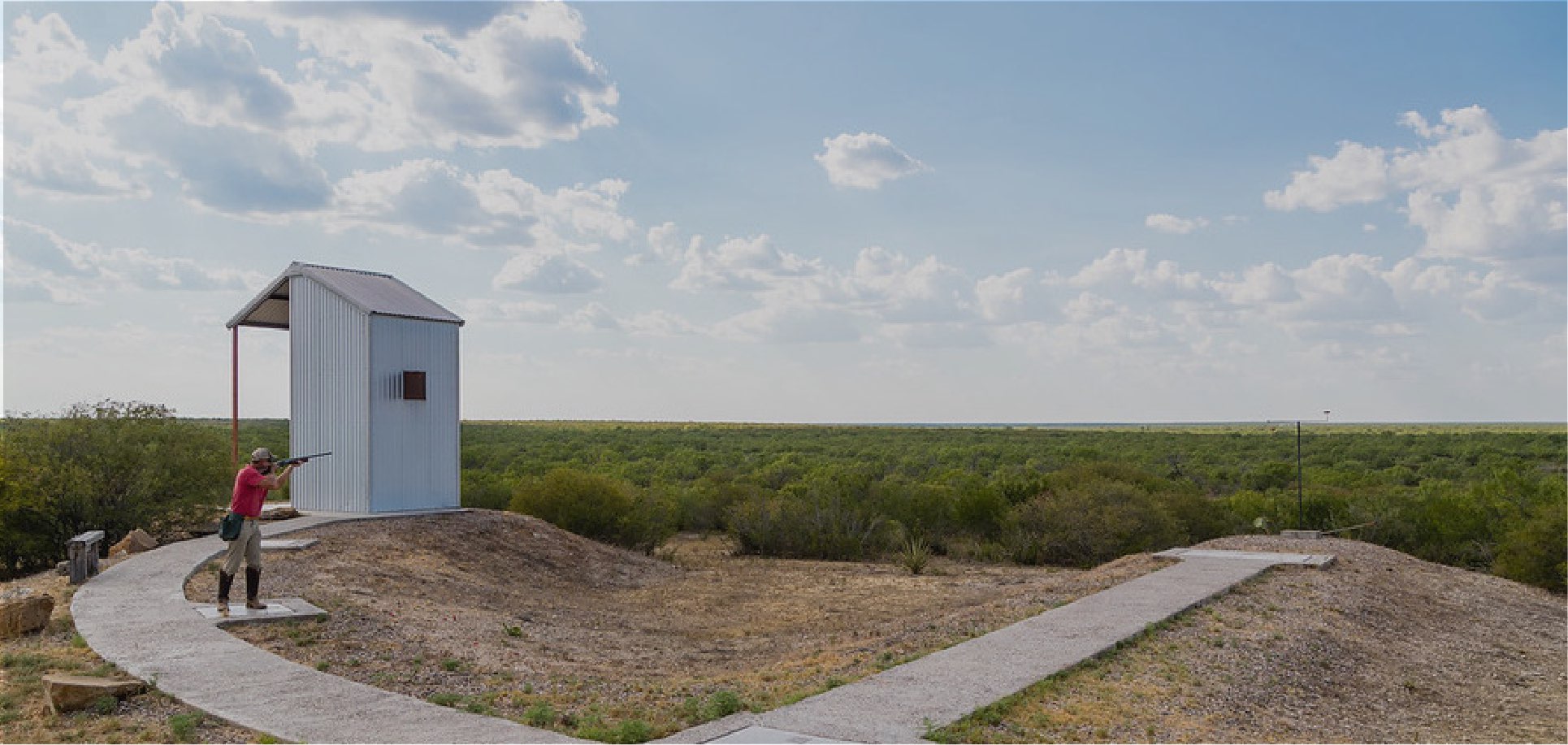The Story of Tipiliuke
John Burrell

Tipiliuke, a vast 48,000-acre cattle ranch, is my happy place. If I could live here, I would in a heartbeat. Located in Cerro de los Pinos Estancia, in the shadows of the Andes mountains, Tipiliuke sits, the most publicized hunting and fishing operation in the world. Stunning free-range Red Stag roam the hills and valleys, trophy Brown and Rainbow Trout swim the rivers, and hard flying California Quail call this Argentinian ranch home. Sportsmen from all over the world travel to experience this slice of heaven… but it wasn’t always this way.
Long ago, European settlers introduced Red Stag, trout, wild boar, and other wildlife in the area. Not only did these animals survive, but they prospered. Initially, tourists flocked to the many rivers scattered across Tipiliuke to catch a monster trout in the crystal-clear waters… I must admit, this is also what brought me there the first time!

In the late ’90s, the High Adventure Team ventured 5,198 miles from Georgia to Tipiliuke as fishing clients. As I marveled at the sheer beauty around me, I noticed, off in the hills, a herd of Red Stag causally feeding across a large valley. Being a life-long hunter, I inquired about the hunting opportunities of the South American version of elk. I was informed that a small group of Austrians traveled to the ranch each year for about a week, shot some of them, and traveled back to Europe… outside of this small group, no one else hunted these magnificent creatures!
After an incredible fishing trip, I returned to Georgia, but the only thought on my mind were these Red Stags. These animals were my sole focus for months until one day I received a call from Kevin, the managing partner at Tipiliuke. The group of Austrians were not returning to hunt. I immediately secured the exclusive hunting rights at Tipiliuke and began to develop a management plan and finalized it over the next few hunting seasons through trial and error. This consisted of increasing the age structure of the stags and aggressively culling inferior stags.
After a few years of increasing the quality of the stag on Tipiliuke, I brought my media contacts down to experience the “roar” (the Red Stag version of the Whitetail deer rut). Much like I had realized years before, they too saw the quality of hunting and the opportunity to film televised adventure and sportsmen’s entertainment in such a beautiful setting. At this point, I thought I had unlocked the full potential of this land… but, boy was I wrong!

During the early years of guiding Red Stag hunts, I noticed something that was very similar to something I had seen hundreds of times before, coveys and coveys of quail! Unlike the pin-raised and released birds I had grown accustomed to hunting in the south, these coveys were completely wild and flourished all over the ranch. At the time, there was no historical wildlife data on the Patagonia quail population, so I enlisted a close friend and fellow wildlife biologist to come take a look at what I had discovered. Robert Smith, a leading authority on wild quail populations, and I spend multiple seasons studying the birds and formulating a management plan. Eventually, our management plan was such a success that Shooting Sportsman Editor in Chief, Ralph Stuart, called the quail population at Tipiliuke “the best-kept secret in the wing shooting world!”
After years of hard work, I truly believe that Tipiliuke is one of the most special places on earth. This paradise offers incredible Red Stag hunts, superb quail hunting, some of the best fly fishing in the world, a top-notch spa, incredible cuisine, easy access to a Jack Nicklaus golf course, and breathtaking scenery. Outside of their immaculate sporting world reputation, my partners, Kevin and Mary Jo Tiemersma, have transformed this ranch to become known as one of the top boutique resorts in all of South America. It is truly humbling for me to have played a role in creating this paradise and I hope each of you reading this will have the opportunity to come see all that this property has to offer!


